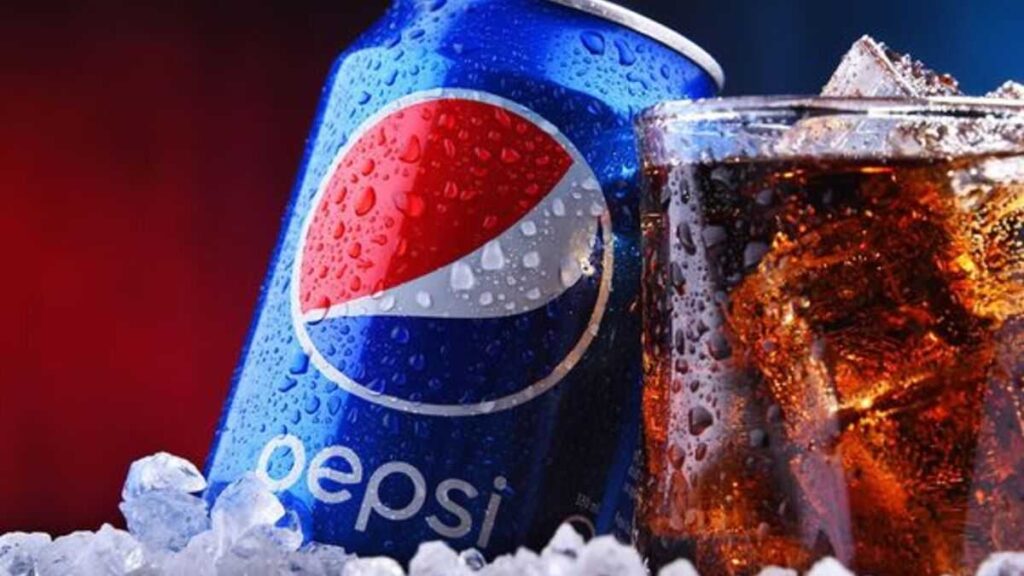PepsiCo has revealed the results of its second-quarter report, which has been analyzed from many angles. The results are mixed, as the company showed significant gains and losses from April to June.
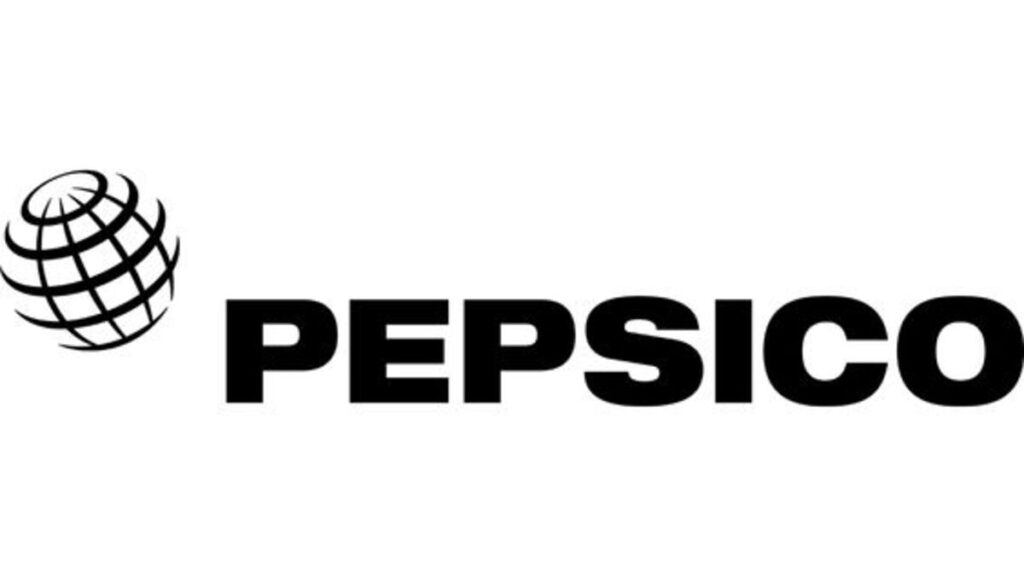
One of the biggest beverage-producing companies in the world, PepsiCo surpassed the estimated earnings for the second quarter but also showed a reduction in its supply in North America.
Pepsi’s Mixed Report
PepsiCo’s report for the second quarter of 2024 has mixed results. According to the report, the company beat its estimated earnings by a reasonable margin but fell short in demand between April and June.
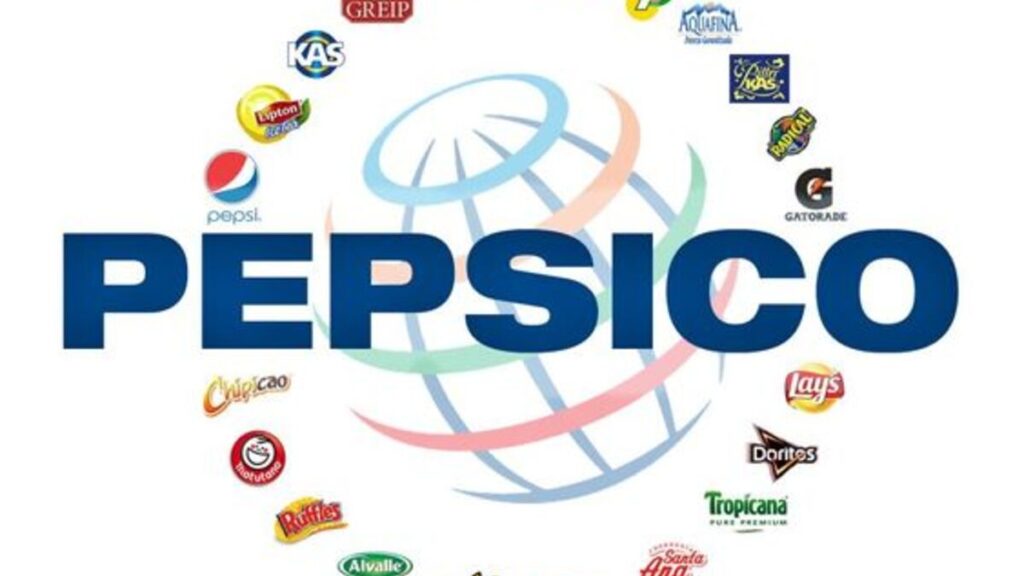
This affected the entire company as its drinks and snacks departments saw these changes. Now, the company hopes the last half of the year will be an overall positive report instead of a mixed one.
Wall Street Estimates
Some analysts at the London Stock Exchange Group (LSEG) carried out a survey, comparing the results of the second quarter report to Wall Street’s expectations of the brand. The quarter officially ended on June 15, and Wall Street expected its earnings to be $2.16 per share, but the quarterly report showed that it increased and is at $2.28 per share.
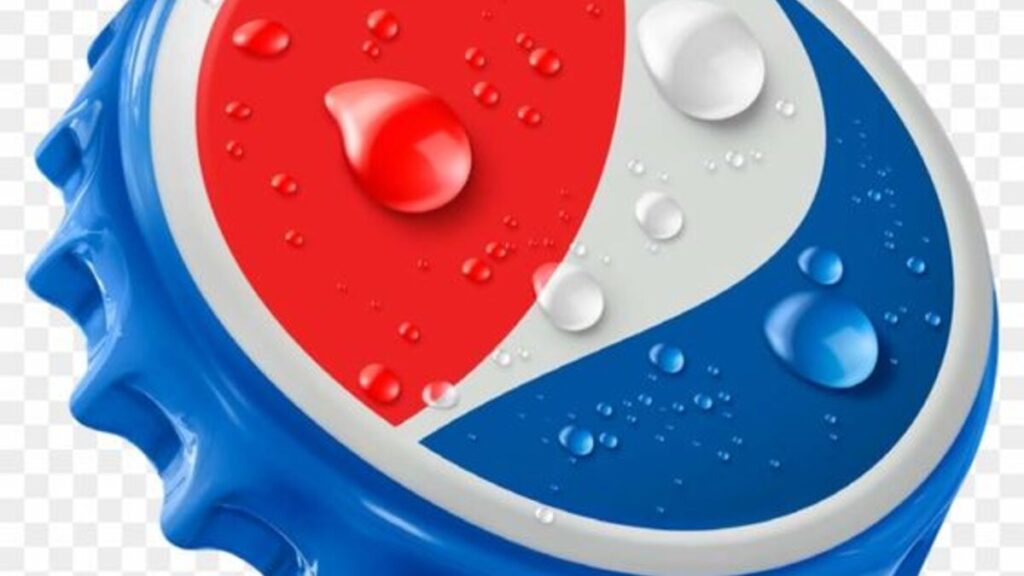
The second quarter net income is also at $3.08 billion or $2.23 per share, an increase from last year’s $2.75 billion and $1.99 per share.
Shares and Revenue
The report also shows that shares of the company fell more than 1% in early trading. However, this picked up to what ended at $2.28 per share. PepsiCo’s revenue outlook has also been increased, as the company expects a growth of 4%, unlike its previous growth of “at least 4%.”
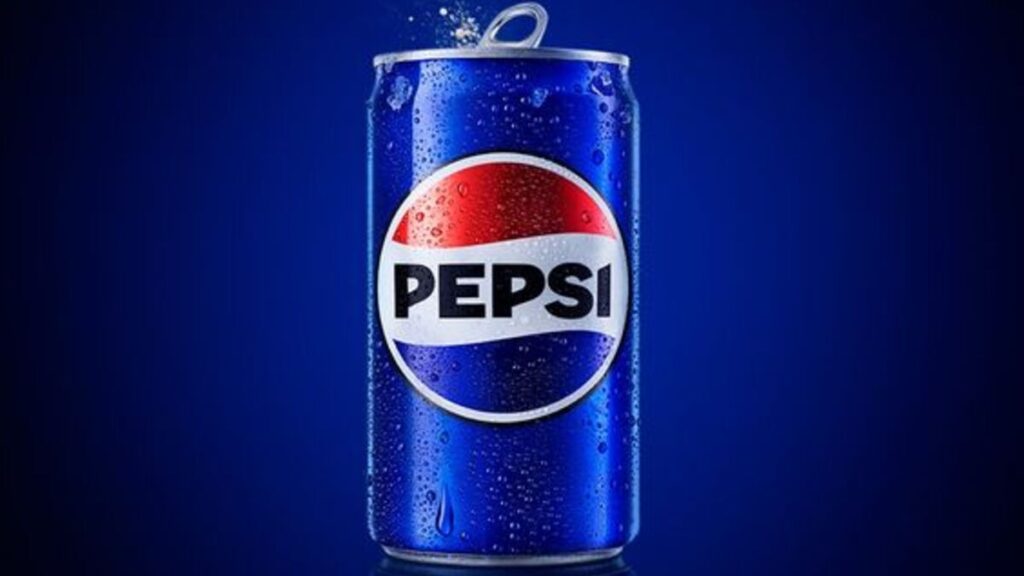
Ramon Laguarta, the company’s CEO, said, “When we were saying at least 4[%], we were talking more about around 5% in our minds. Now we’re talking around 4%. It’s related specifically to the consumer in the U.S.”
ALSO READ: Here Are 10 Red Flags That Show That a Bar Has Bad Drinks
Struggling Demand in the Home Market
Fueled by its international business, PepsiCo’s revenue increased by 1.9% in the second quarter, excluding acquisitions, divestitures, and currency changes. However, the demand for the product in North America significantly declined.
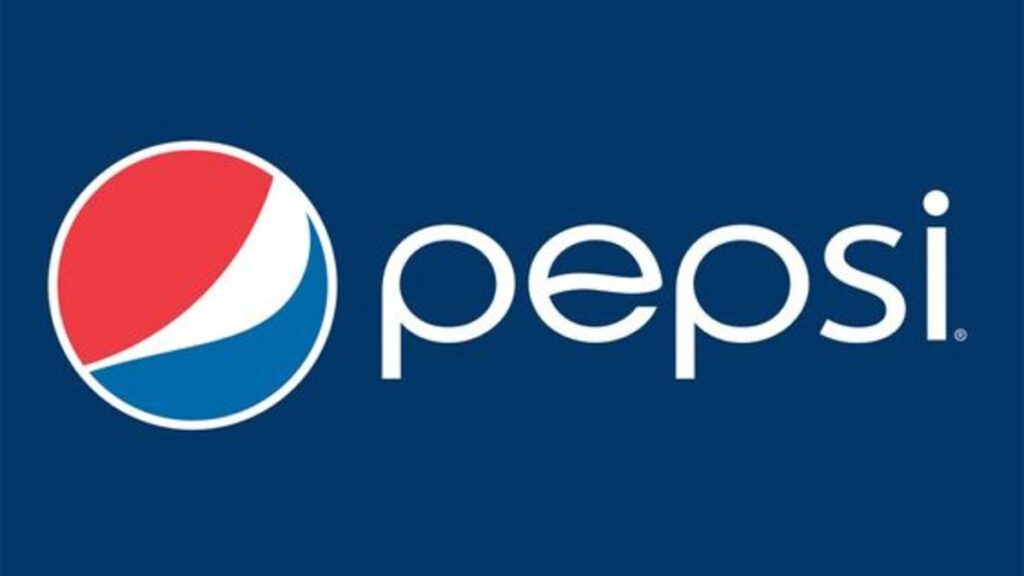
Many product recalls and low demand led to PepsiCo’s struggle in its home market. Reports also showed that many people chose other lesser-known brands over PepsiCo’s products for reasons that are not surprising.
What Is Causing the Decline?
The reasons for the reduced demand for PepsiCo products are not so far-fetched. One major one is that PepsiCo has increased the prices of its products over the years, and people are starting to resist.
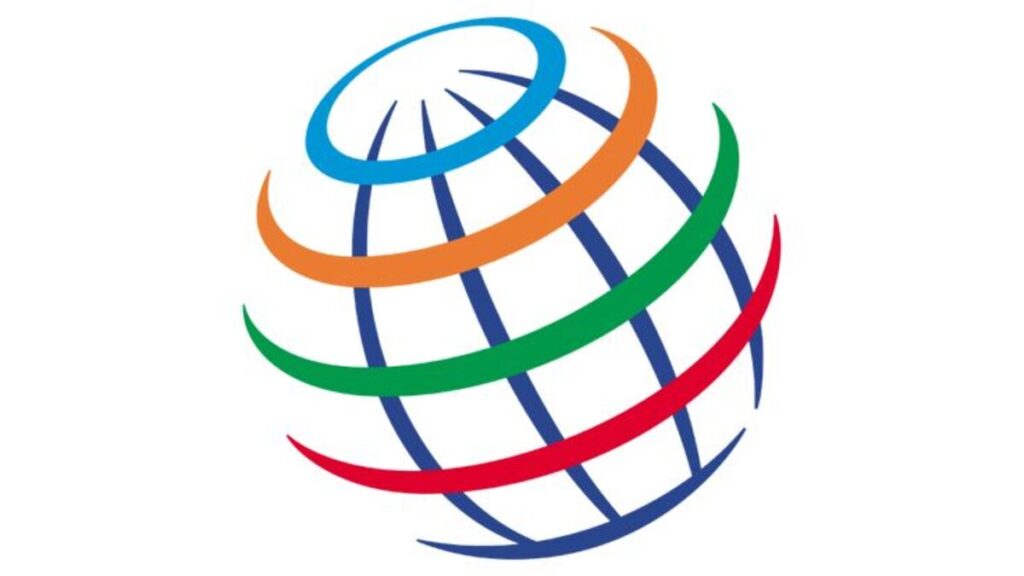
Recent inflation has also caused many people to have less money to spend on snacks and drinks, as most can barely afford to feed themselves and their families.
Change in General Shopping Behavior
There has also been a notable change in general shopping behavior among customers, as reports show they have become more value-conscious. People are switching to cheaper items, and these snacks and beverages are almost a sort of luxury to them.
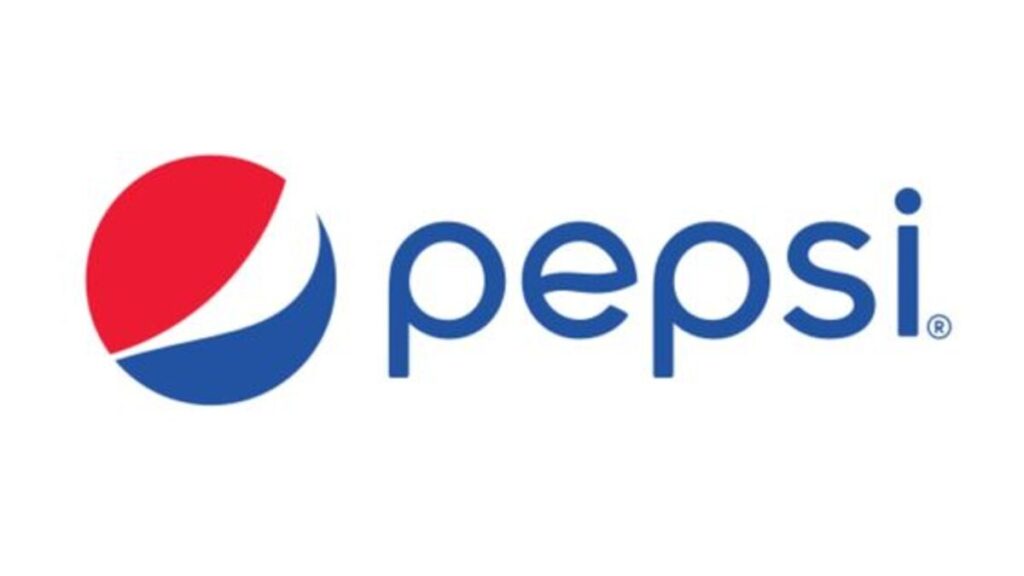
The company’s executives once thought this was mainly among low-income earners, but according to Laguarta, it is no longer true. Customers across all income levels have changed their behavior in one way or another.
Is Inflation a Factor?
Many people have wondered if the country’s increased inflation rate is responsible for PepsiCo’s decrease in demand. Experts believe this is a valid reason for the change, as demand for several other products in the country has increased.
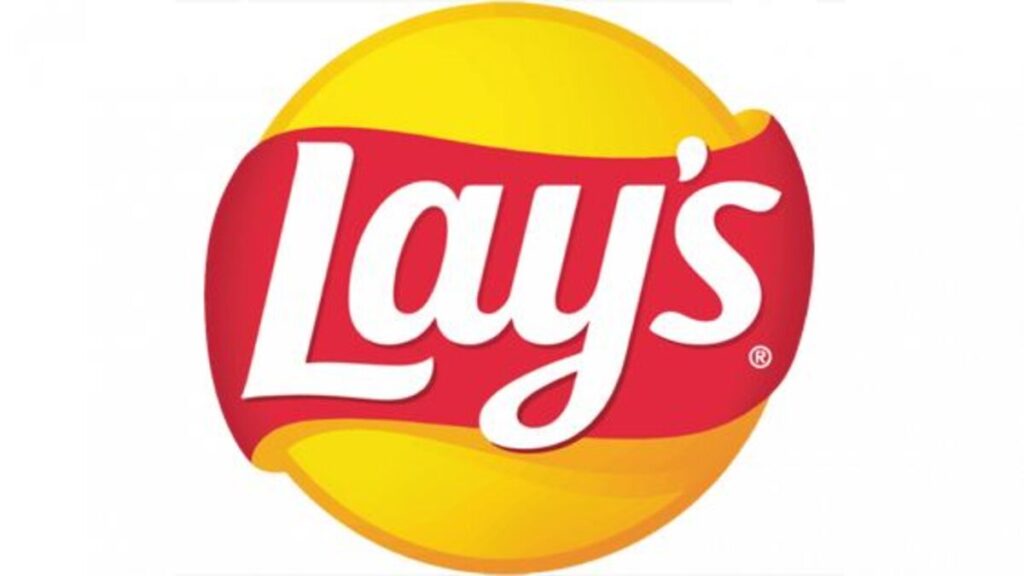
People now have to spend more money on groceries, feeding, and clothing than they did last year. So, they do not consider snacks and beverages a top priority or necessity.
Attempts To Lure Back Shoppers
PepsiCo is also trying to devise ways to increase its demand across North America by implementing some changes. The volume of its Frito-Lay product decreased by 4% in North America, while Pepsi reduced by 3%.
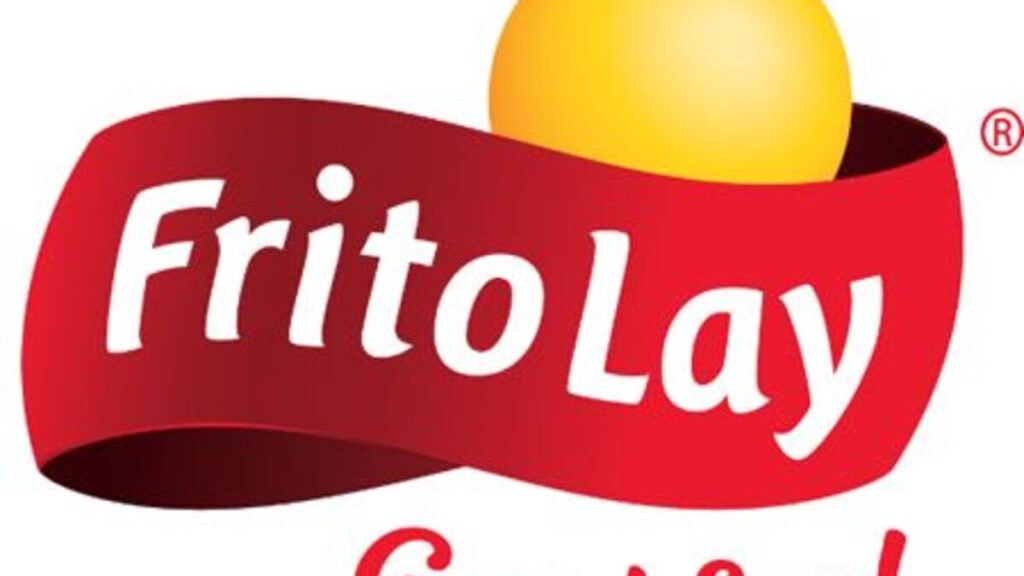
Now, they have increased the volume of both products around the continent. The company is also conducting in-store promotions and using higher-margin packaging for its beverages and Frito-Lay products, which include Doritos and Cheetos.
ALSO READ: Wendy’s Comes Under Fire for New Pricing System, and Burger King Dives in for a Catch
Hope for the Next Quarter
Therefore, there is hope that the year’s third quarter will do much better than the first and second. The company hopes that its innovations and promotions will help increase demand for its products and increase the overall revenue generated over time.
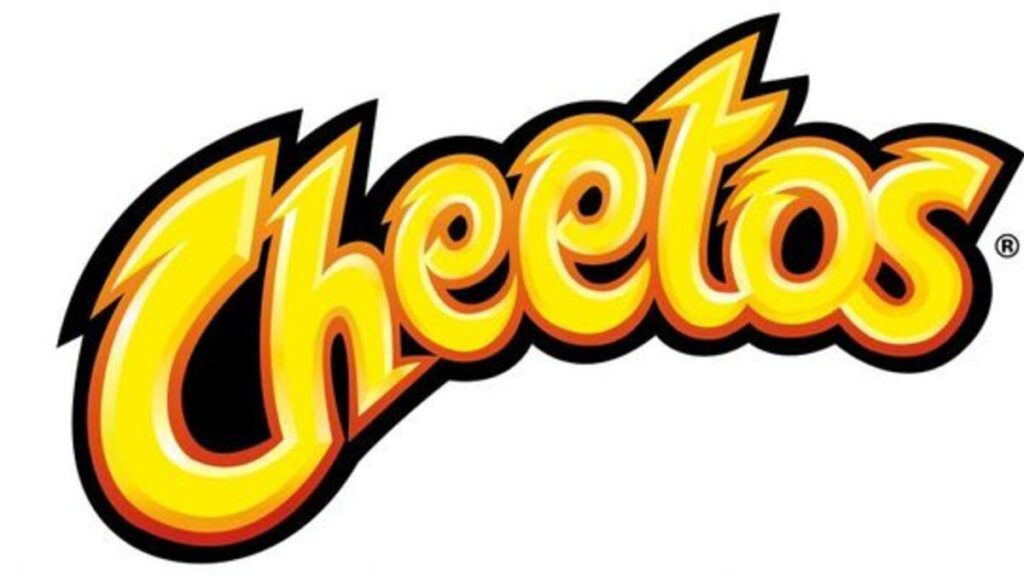
With an expected growth of 5%, the company has high hopes and expectations for the rest of the year and is earnestly working towards hitting its goal.
Quaker Foods North America
Quaker Foods in North America is also part of PepsiCo and reported a volume fall of 17% in the second quarter. However, this is much more serious as the division has been dealing with many backlashes and recalls due to the potential salmonella contamination that happened in December and January.
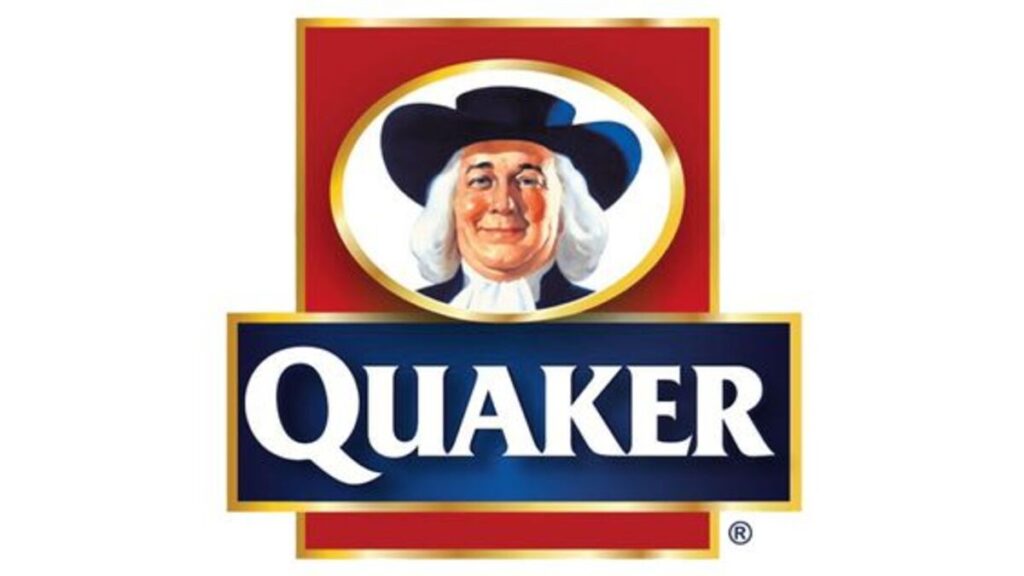
This division might be harder to increase, but PepsiCo anticipates a significant improvement in the next half of the year.
Will Pepsico See the Improvement It Wants?
With the company executing various activities and campaigns, there is a high chance that it will see the increase it is eagerly expecting.
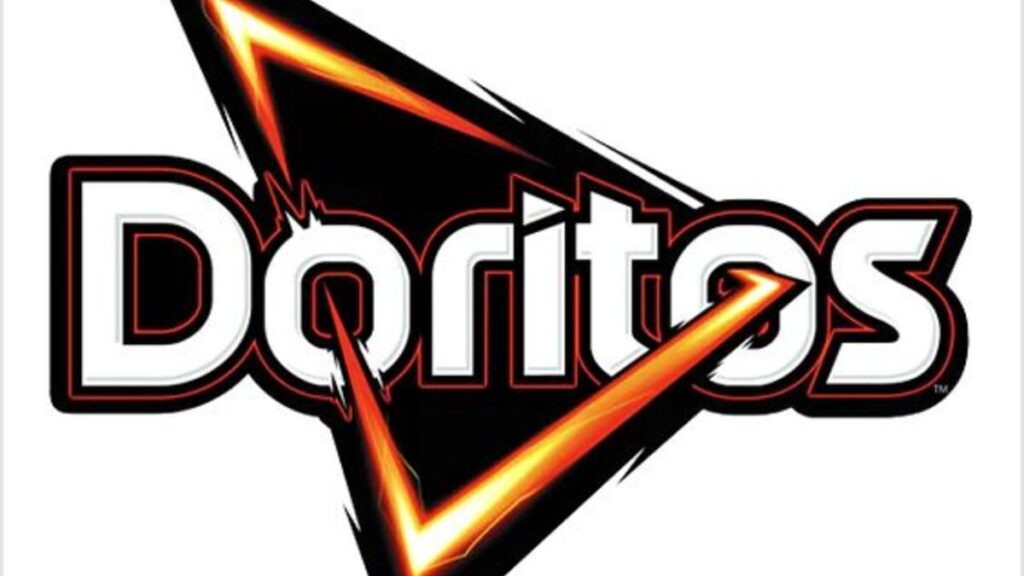
CEO Laguarta said, “We have green shoots with some of the activities we’ve been executingJuly July 4 has been very strong for us.” If it continues at this pace, it will definitely see some improvements in many areas and its divisions.
PepsiCo’s Brands
PepsiCo is the parent company of many brands that people are unaware of. Many popular brands are under PepsiCo, and they are divided into the beverages, snacks, and foods divisions. Some of its popular snack brands include Lays, Cheetos, Doritos, Munchies, Sabritas, and many more.
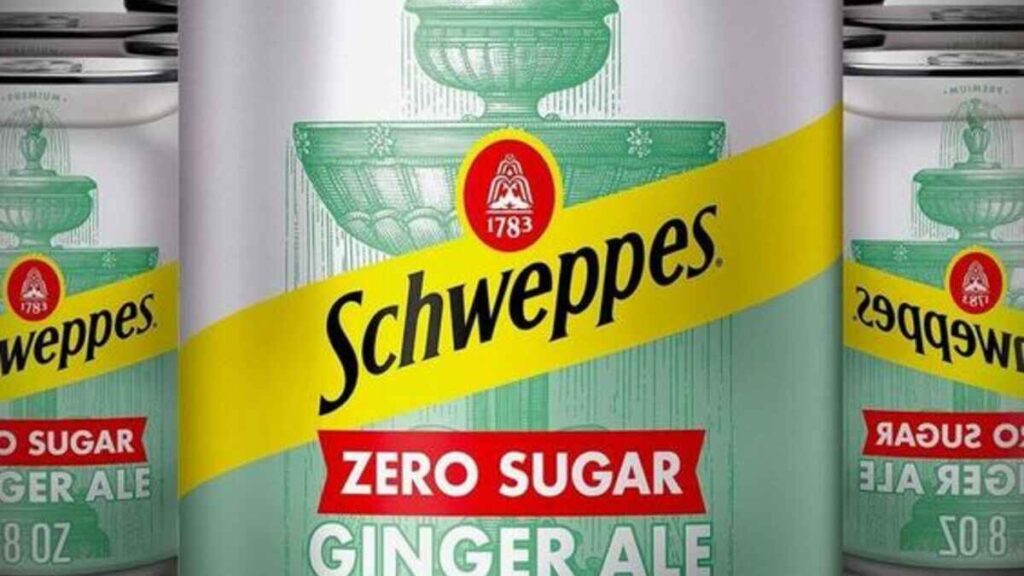
The beverage division includes Lipton, Pepsi, Ocean Spray, Mountain Dew, Simply, Brisk, Schweppes, and more. The food division includes Dole, Cap’n Crunch, Pasta Roni, Near East, and Pearl Mining Company (formerly Aunt Jemima).
You Might Also Like:
Costco Announces First Membership Fee Increase Since 2017

